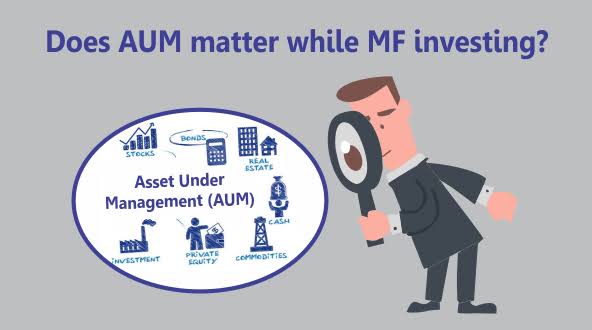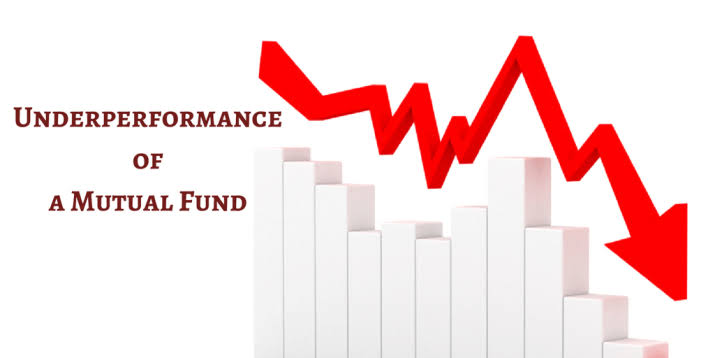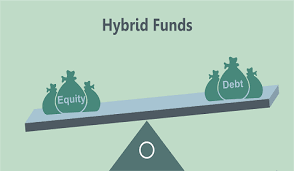
HOW TO CALCULATE MUTUAL FUND NET ASSET VALUE (NAV)?
Updated on 02-12-2019
WHAT IS MUTUAL FUND NAV?
Net asset value (NAV) represents a fund’s per unit market value of all the securities held by a mutual fund scheme. This is the price at which investors buy fund units from a fund company or sell it back to the fund house. If you are a mutual fund investor, the fund assigns units to you based on the amount you invest. The NAV of a fund is calculated by the mutual fund house itself or by an accounting firm hired by the mutual fund.
HOW MUTUAL FUND NAV IS CALCULATED?
You can calculate mutual fund NAV by dividing the total value of all the assets in a portfolio by the total number of units issued to investors.
When it comes to investing, certain terms have special significance. For mutual fund investors, net asset value (NAV) is one such term. Whenever you attempt to buy or sell mutual fund units.
FORMULA FOR CALCULATING NAV:
Formula for calculating NAV of a mutual fund is by dividing the total net assets by the total number of units issued. To get the total net assets of a fund, subtract any liabilities from the current value of the mutual fund’s assets and then divide the figure by the total number of units outstanding. The resulting figure is the NAV of the mutual fund.
So, the mathematical formula for NAV is:
Assets – Debits or Number of outstanding units = Net asset value (NAV)
The NAV of a mutual fund is always calculated at the end of the market day. This is because the market value of securities changes on a daily basis. Hence, the NAV of a mutual fund also changes daily.
ILLUSTRATION:
Suppose the market value of the securities of a mutual fund scheme is Rs 600 lakhs. The mutual fund issues 10 lakh units of Rs 10 each to its investors. So, what is the NAV per unit of the fund?
Solution- Total net asset value = 60000000 = Rs. 60 per unit
Total no. of units issued 1000000
KEY TAKEAWAYS
- Net asset value (NAV) represents a fund per share market value.
- NAV is calculated by dividing the total value of all the cash and securities in a fund’s portfolio, minus any liabilities by the no. of outstanding shares.
- The NAV calculation is important because it tells us how much one share of the fund is worth.
NAV DIFFERENT FROM STOCK PRICE:
Many investors confuse the NAV of a mutual fund with the market value of a stock. So, when investing in mutual funds, they think that a lower NAV means a cheaper price and thus a better investment. Let us see why this is a wrong assumption.
When a company gets listed on the stock exchange, its shares become available for investors to buy. The cost of the company’s shares is mentioned on the stock exchange. That is the stock market price of its shares. Factors such as the demand–supply scenario and the company’s potential affect the price of its shares. So, the stock market price is different from its book value.
For mutual funds, there is no such thing as the market value of a unit. We buy mutual fund units at their book value. The NAV of a mutual fund is thus the book value of the unit. Hence, the market price of a company’s stock is very different from the NAV of a mutual fund.
HOW DOES A LOW OR HIGH NAV VARY?
Some distributors promote new fund offers by highlighting their low NAV. They lead investors to believe that buying a mutual fund with a low NAV means getting a good deal. Again, this is because some investors mistakenly equate the NAV of a mutual fund with the price of a company’s stock. A low stock price means that the stock is available at a bargain price. As mentioned, the same does not apply to a mutual fund’s NAV. You cannot judge how expensive or cheap a fund is by its NAV. The NAV simply tells you the current value per unit of a mutual fund scheme. A high NAV may only reflect the positive performance of a mutual fund scheme. It also indicates that the scheme has been around for a long time.
NAV only affects the number of units you receive. A mutual fund scheme with a high NAV gives you fewer units, but the value of your investment remains the same. What matters is the performance of the mutual fund and the returns you get.
LET’S UNDERSTAND THIS WITH HELP OF AN EXAMPLE:
Suppose we hypothetically invest into 2 schemes A and B. Scheme A has an NAV of Rs. 10 whereas Scheme B has a NAV of Rs 50. We made equal amount of investment of Rs. 1 lakhs each in both the schemes. Scheme A would come across as a cheaper buy because we got 10,000 units as against 2,000 units in Scheme B. Now, let us assume that both the schemes return 10 % in a month. The NAV for scheme A is now Rs 11 and Scheme B has an NAV of Rs 55. The value of your investment in both the cases is Rs 1, 10,000. Therefore, we see that the NAV of a scheme is irrelevant, as far as generating returns are concerned. The only difference is, in the case of Scheme. A, the investor gets more number of units and in Scheme B; he gets lesser number of units. For two schemes with identical portfolio and other things remaining constant, the difference in NAV will hardly matter as long as the schemes deliver the same returns.
The NAV of a mutual fund is its book value. When investing in mutual funds, you should check the performance of the fund, not its NAV. You can do this by looking at the returns the fund has generated over the years.
You can use GIIS Financial tools or Our Android App for Investment, tracking and Asset allocation planning.
*Mutual Fund Investments are subject to market risk, read all scheme related documents carefully.
Share On















0
Comment